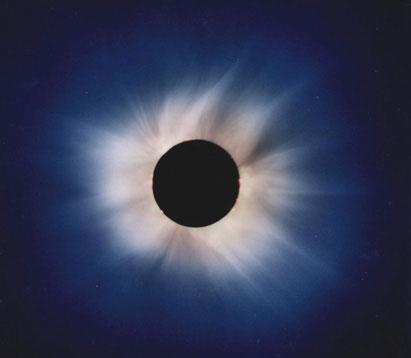The sun is far away and these days farther than ever
2002/07/08 Elhuyar Zientzia

These days the Earth is in the furthest position of the Sun, called aphelion, at 152.6 million kilometers. The closest is in January, in the position of perihelion, almost 50 million kilometers less. However, we are now in summer, in the warmest time of year, and in January we are cold. How is this contradiction possible?
The explanation is simpler than expected: The buzzing of the earth axis is the one that conditions the seasons of the year. When we are in summer in the northern hemisphere, this part of the Earth looks more directly at the Sun and, although farther from the Sun, it heats up. In winter, on the contrary, the rays coming from the Sun come to us crooked, so it does not heat so much and we have a lot of winter. The opposite occurs in the southern hemisphere.
In addition, in the northern hemisphere there is more land than in the southern hemisphere. The Earth absorbs much more easily the rays of the sun and releases heat as it absorbs it. Therefore, in summer the heat accumulates and increases the temperature. This temperature increase is noticeable throughout the planet. Therefore, the month of July is, on average, the warmest on Earth.
In the southern hemisphere there is more ocean than land. Water takes longer to absorb heat from the Sun and at the same time costs more to release it. Therefore, the summer of the southern hemisphere is much cooler than the northern summer and has less influence.
Therefore, although in July the sun is farther than ever, its influence in the northern hemisphere is much greater.

Gai honi buruzko eduki gehiago
Elhuyarrek garatutako teknologia






